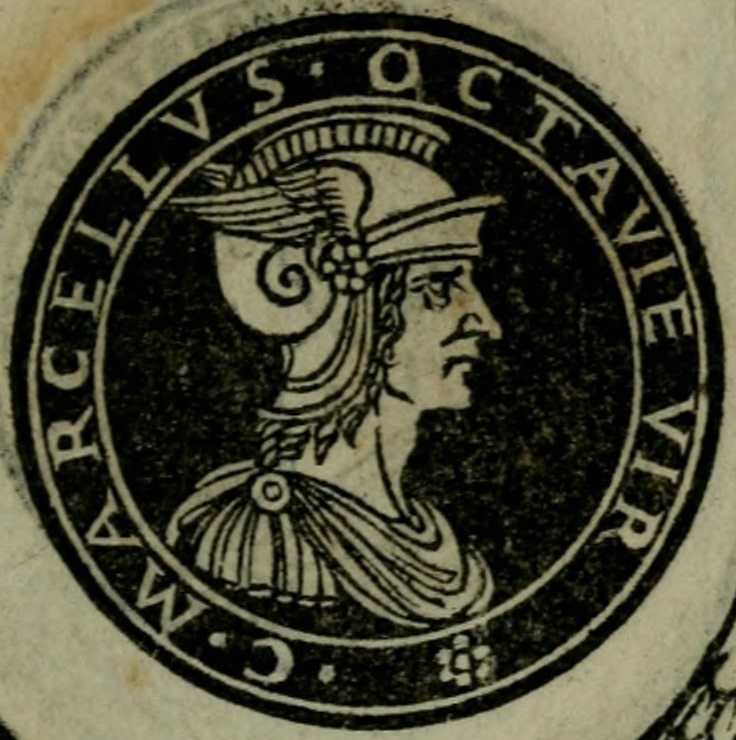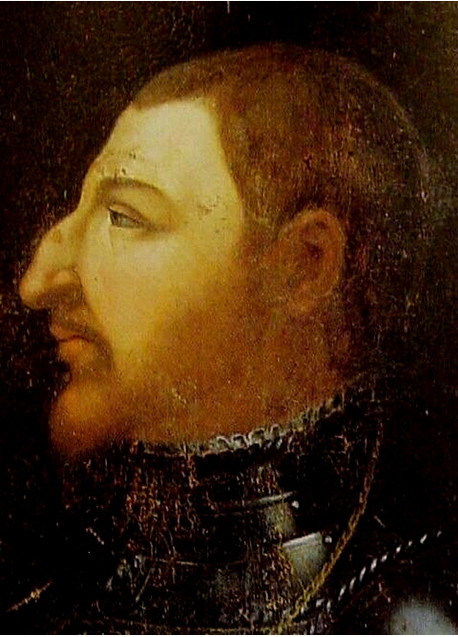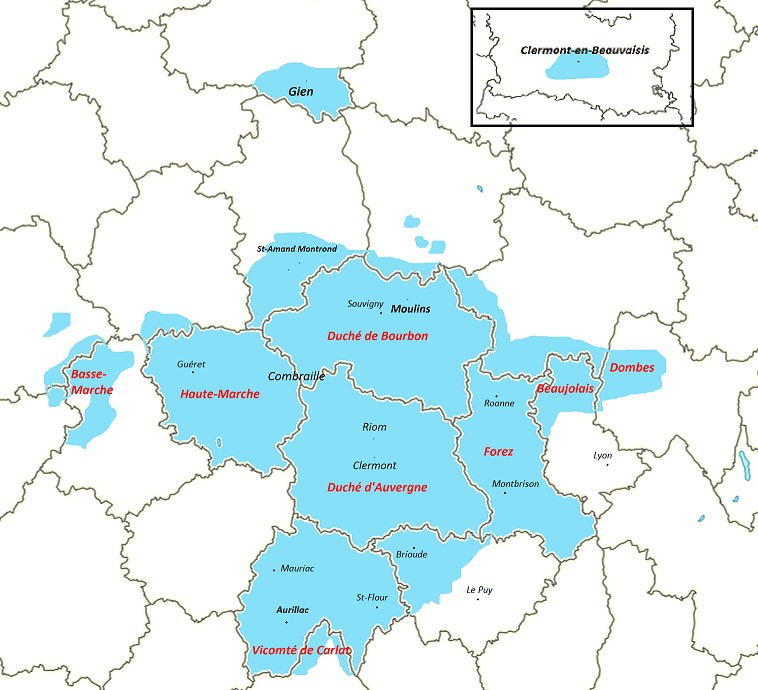
A freedom fighter, exiled after defeat and killed in sleep by a rival; his actions would be the stepping stone for his people's independence and a dynasty that would one day rule them.
Story in the evening ...
Story in the evening ...
https://twitter.com/Arby_K/status/1330796652295192579
(Kara) Ðorđe Petrović was born in 1762 in Ottoman Serbia. Son of a peasant, Ðorđe spend his early life as a shepherd till 1787 when he moved to Habsburg domains. He would soon sign up for the Serbian Free Corps fighting against the Ottomans for the Habsburgs. 1/10 

Though the war was inconclusive, the military experience he gained would be useful for Ðorđe. When rebellious janissaries seized Belgrade and murdered the Ottoman governor and many Serbian nobles, it was to Ðorđe the Serbians looked for leadership. 2/10 

As the rebels were booted out, the Serbs would demand for autonomy. The Sultan would disagree, leading to the Serbian revolution led Ðorđe Petrović. By 1809, Ðorđe had control over Belgrade and called for national unity. 3/10 
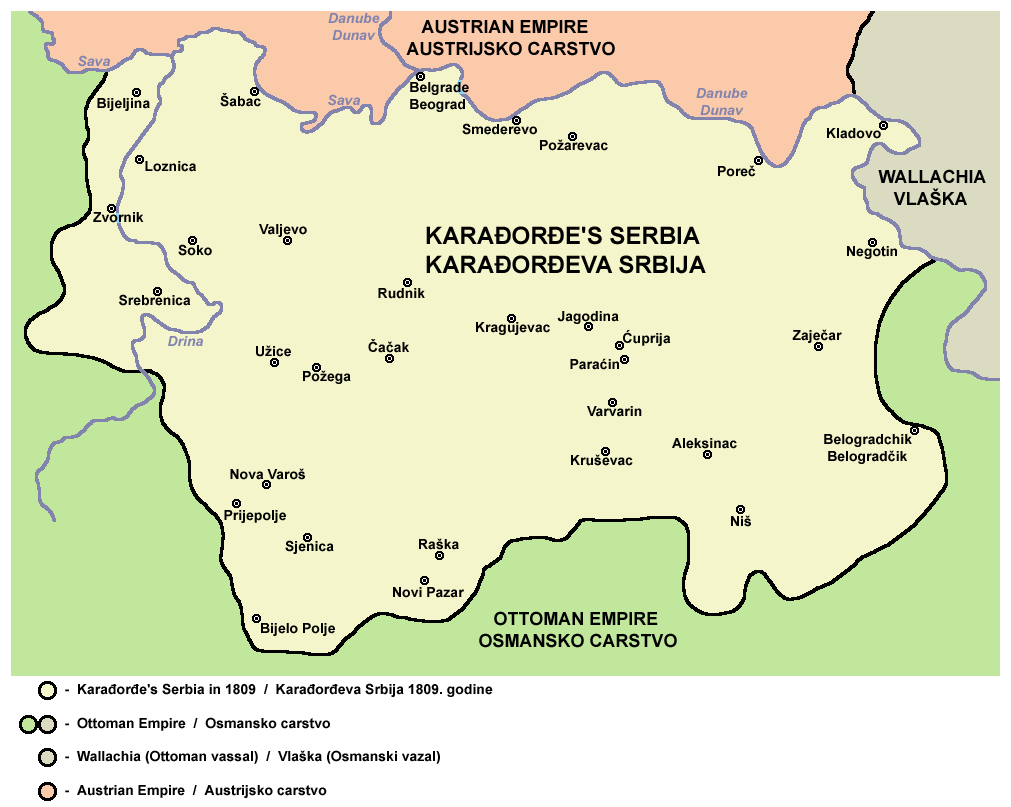
The Ottomans came down hard on the rebels after that. By 1813, the rebellion had been put down with Ðorđe in exile. But by 1815 there was a new rebellion in Serbia, led by Miloš Obrenović. With situation in Europe more supportive, Miloš would win where Ðorđe had failed. 4/10 
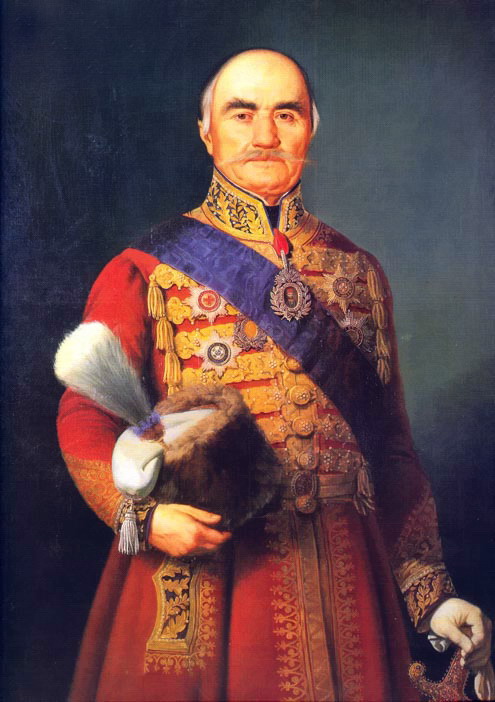
Miloš headed the new Principality of Serbia within the Ottoman Empire. But as Ðorđe returned to Serbia, Miloš had him killed and his head would be later displayed as a trophy in Constantinople. The rivalry of the Obrenović and the Karađorđević had just begun. 5/10 

By 1830 the principality of Serbia had become semi-independent. In 1842, Alexander, son of Ðorđe, would be elected as Prince of Serbia. In 1858 though, the Skupština, the Serb Parliament that elected Alexander would ask him to abdicate and Miloš Obrenović would replace him. 6/10 

By 1867, the Ottomans had been weakened in Europe and their garrisons in Serbia would leave making it de facto independent. After a victory in battle against the Ottomans with Russian support, Serbia and neighbouring Montenegro would become independent in 1878. 7/10 
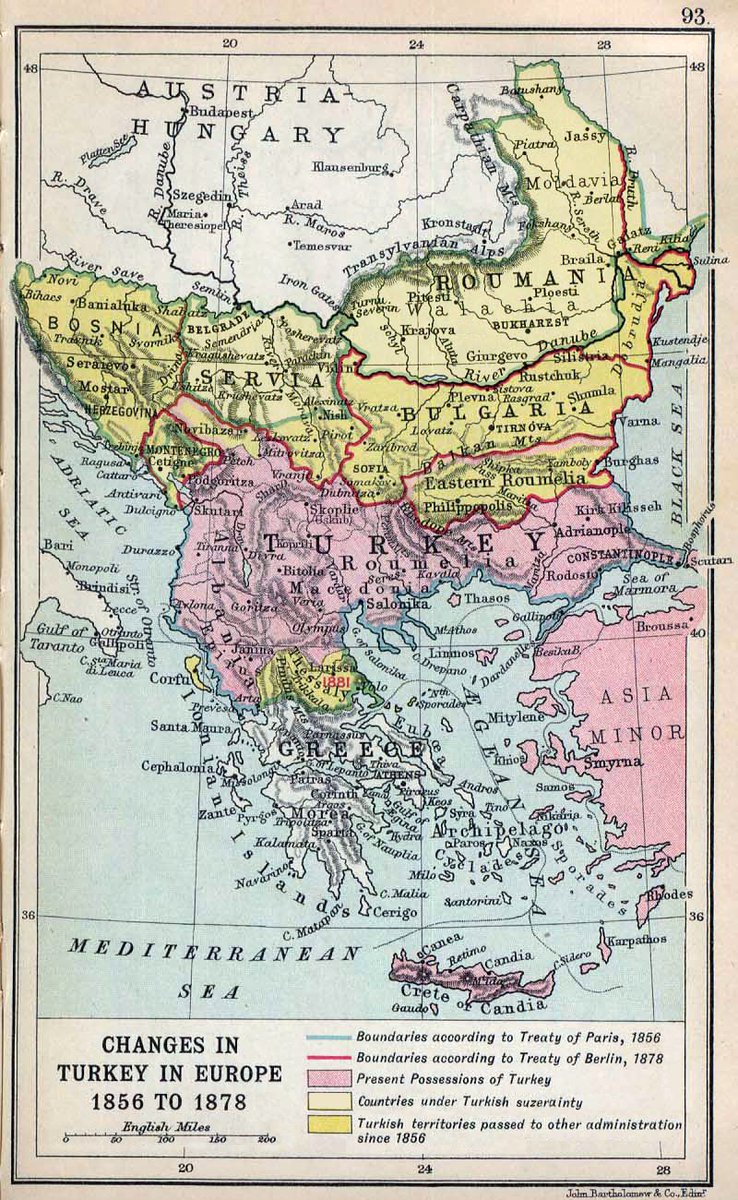
Despite the Russian role in its independence, the new King of Serbia would side with the Habsburgs, as would his son, King Alexander. In 1903, the unpopular King Alexander was assassinated with his family and Peter, grandson of Ðorđe Petrović, was elected as the new King. 8/10 

The shift in power in Serbia led to the Habsburgs annexing Bosnia which was an Ottoman province under its protection. This would increase its rivalry with the Serbs eventually leading to the assassination of Archduke Franz Ferdinand and the Great War. 9/10 
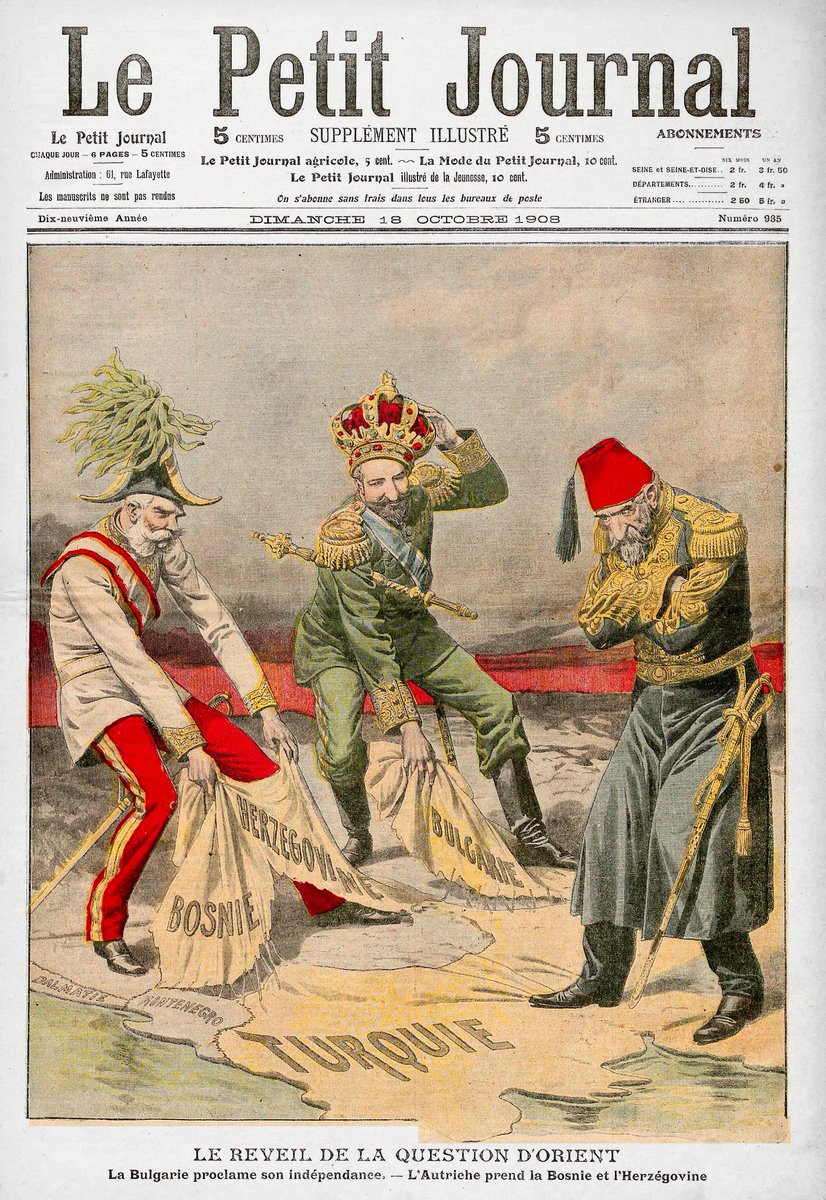
After the First World War, Alexander Karađorđević, would unite Serbia, with the Slavic provinces of the Habsburg realm and create the Kingdom of Serbs, Croats and Slovenes later known as Yugoslavia, which would stay united till 1992 before getting broken up. 10/10 
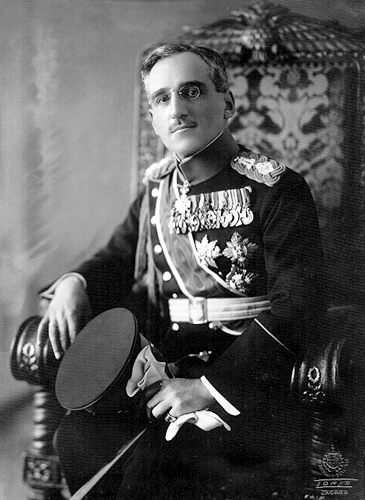
• • •
Missing some Tweet in this thread? You can try to
force a refresh


